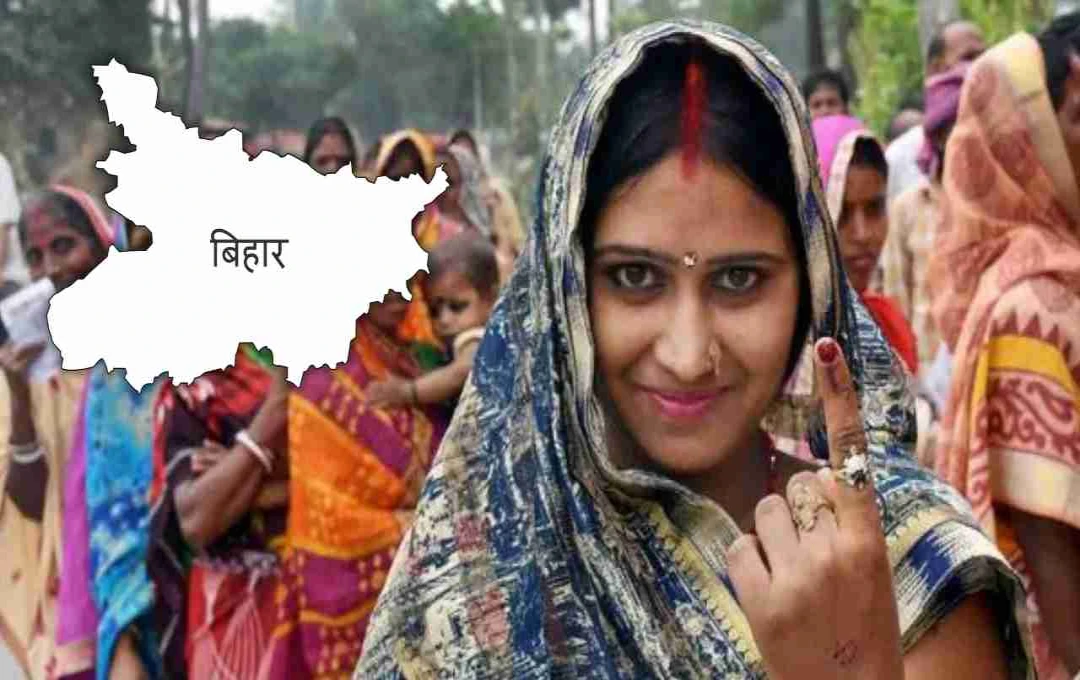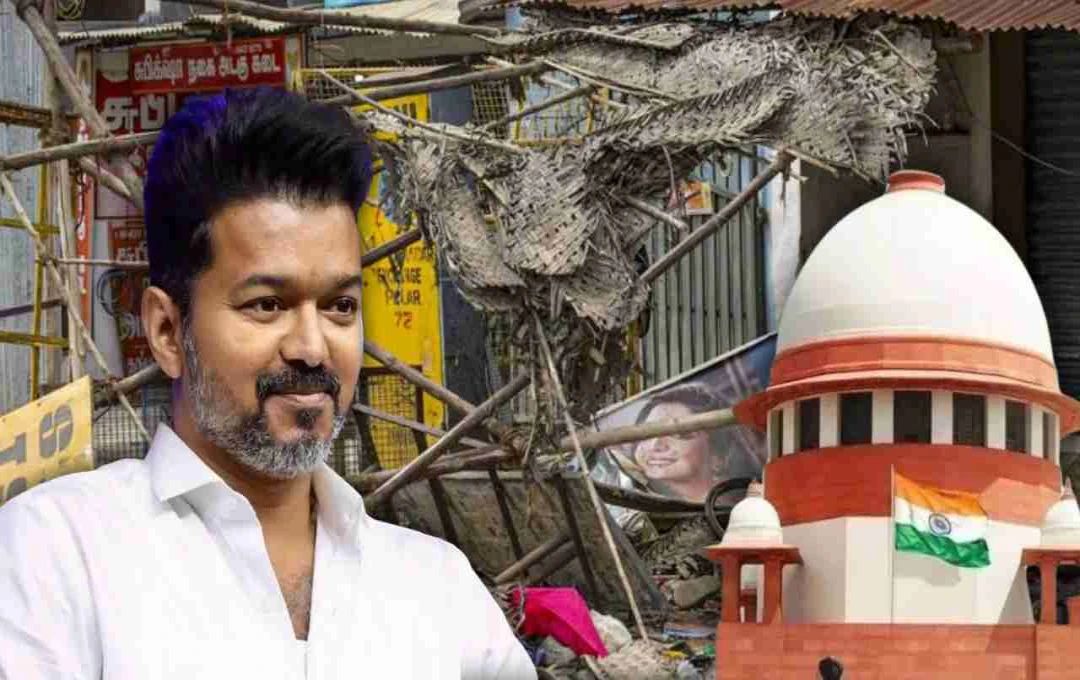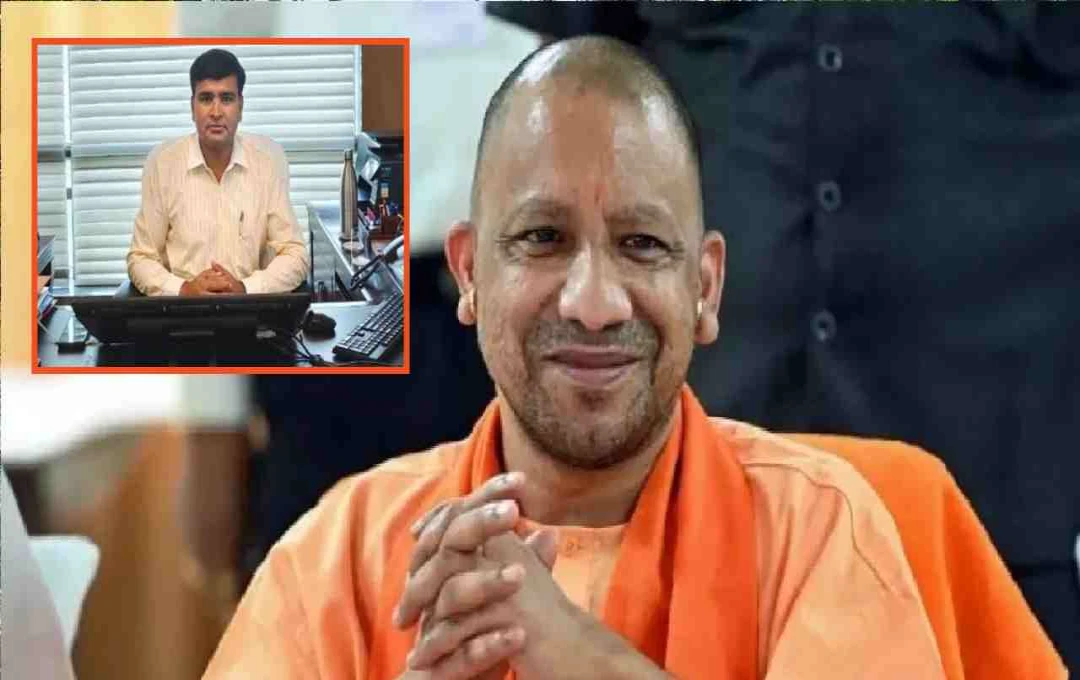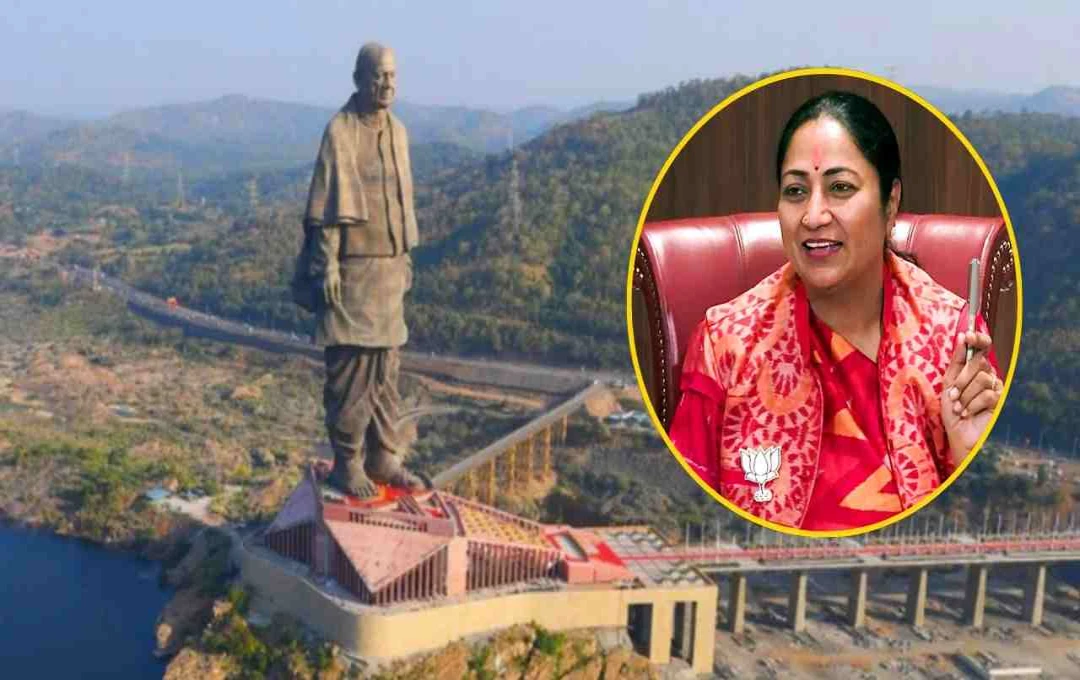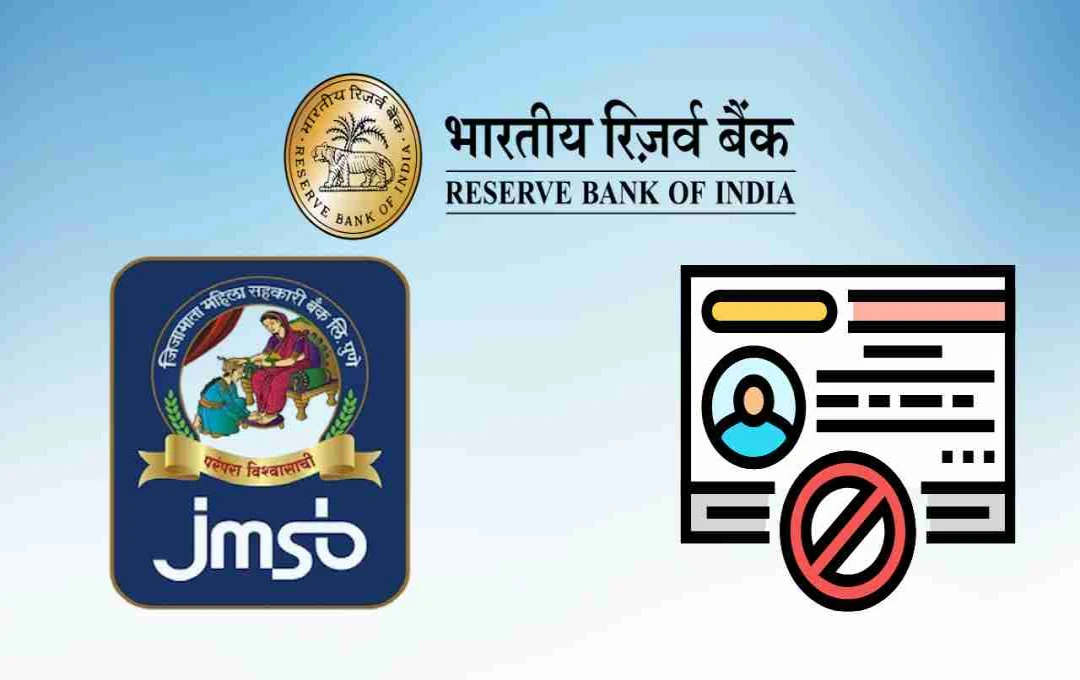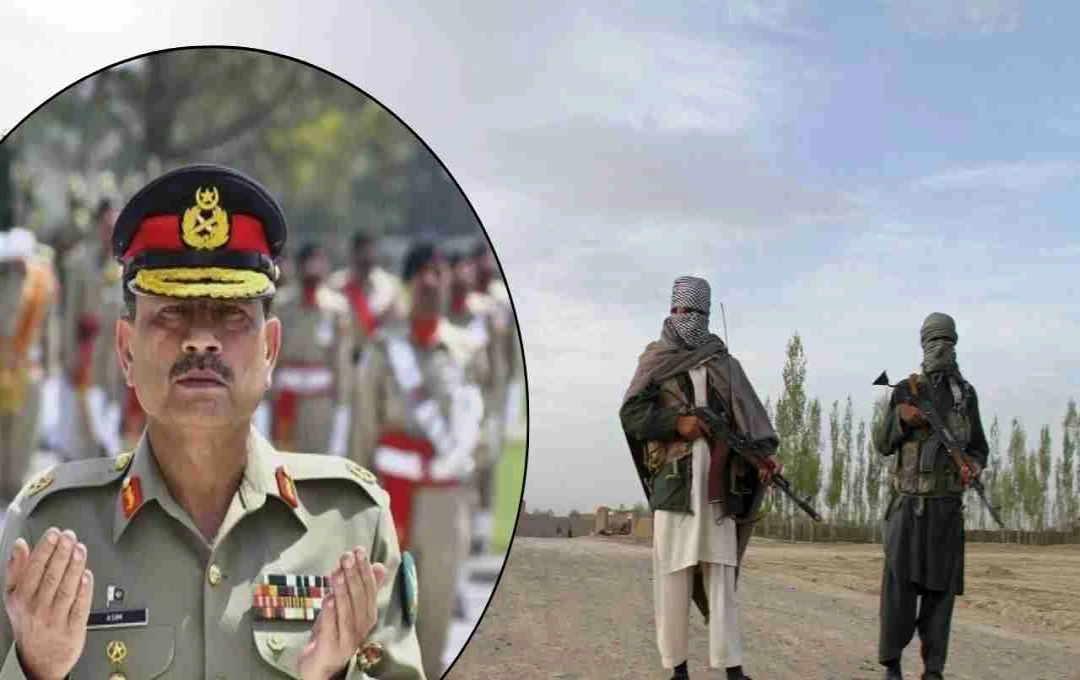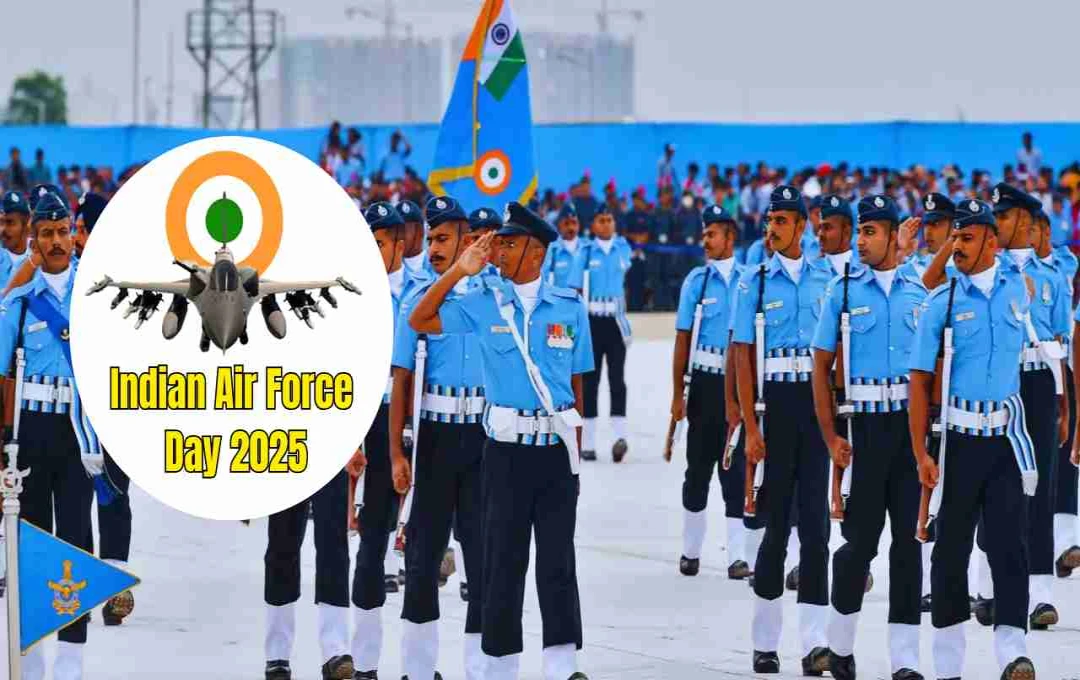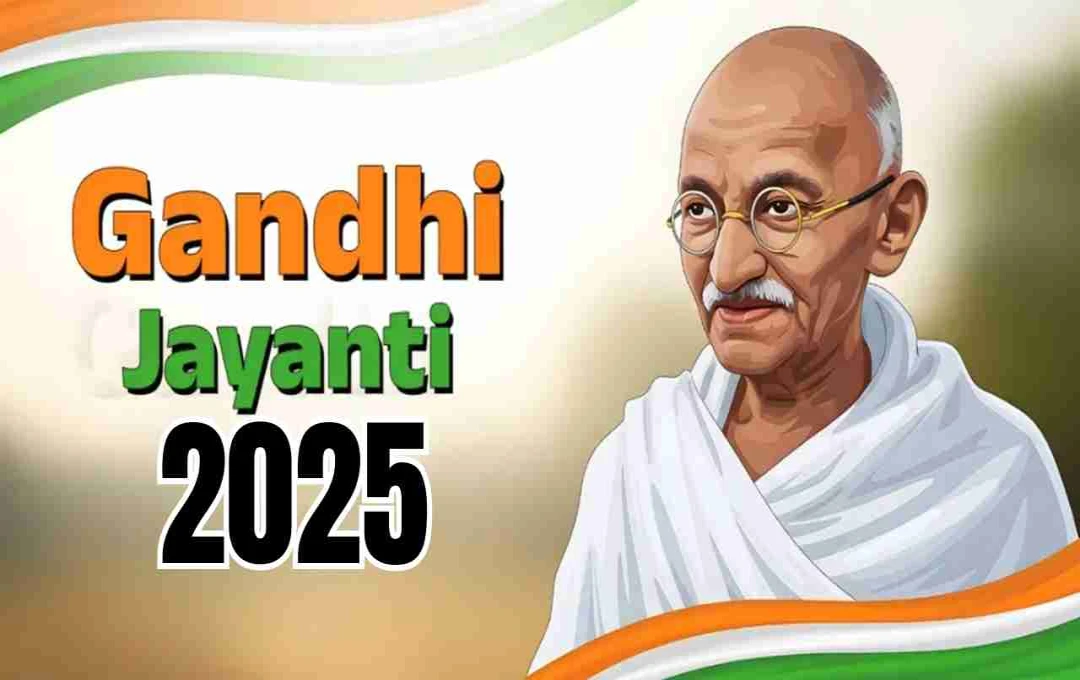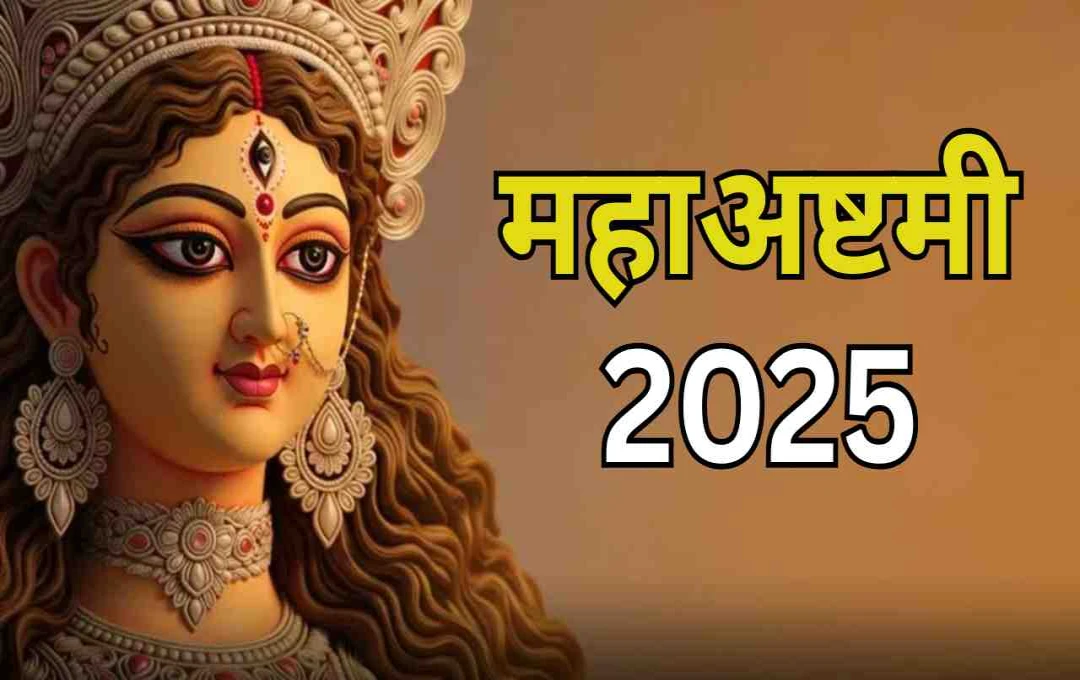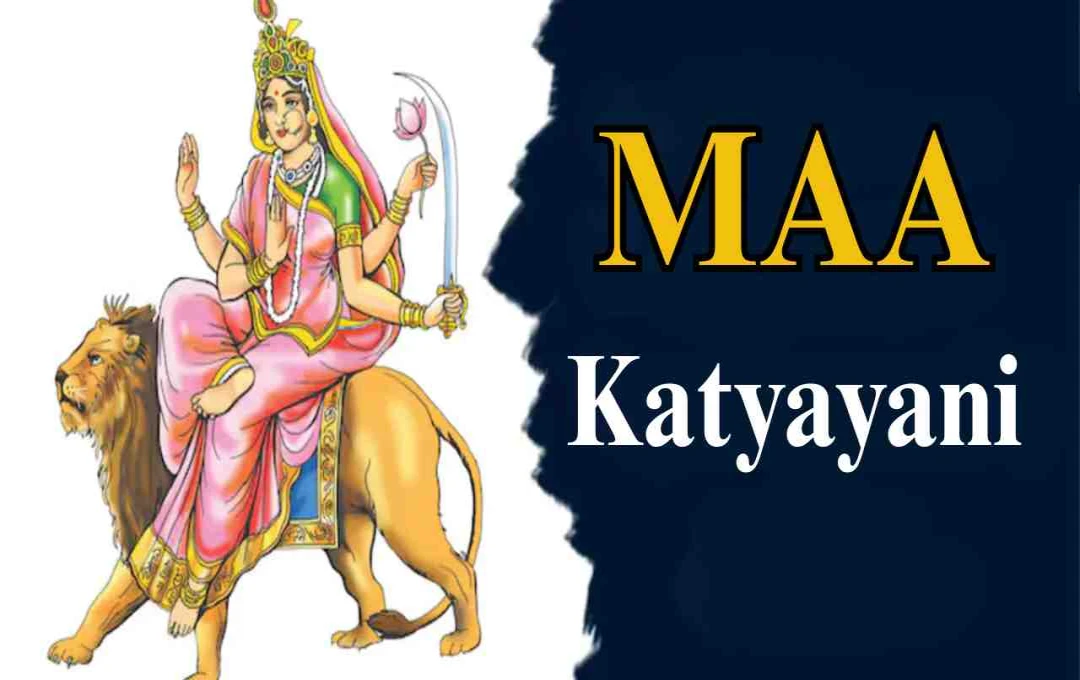In the Bihar Assembly Election 2025, women cast a record number of votes, surpassing men. Panchayat reservations, education reforms, and social awareness have increased women's political activism.
Bihar Assembly Election 2025: Women's voting participation in the Bihar Assembly Election 2025 is consistently increasing. This trend has been clearly visible in the last three assembly elections. Since 2010, the percentage of female voters has been 5 to 7 percent higher than that of men. In 1990, female voters crossed the 50 percent mark for the first time, signaling increased political activism among women.
In recent years, 50 percent reservation in Panchayat elections, improvements in women's education, and social awareness have motivated women to cast their votes. Alongside this, economic and social reforms have played a significant role in increasing women's participation.
History of Elections
In 1962, the lowest number of women voted, only 32.47 percent. In the 1977 assembly election, the total voter turnout was 50.51 percent, with men's turnout at 71.27 percent and women's at only 38.32 percent. Following this, women's participation consistently increased, reaching 53.25 percent in 1990, 55.80 percent in 1995, 53.28 percent in 2000, and 54.44 percent in 2010. In 2015, women cast 60.48 percent of the votes, and in 2020, 59.69 percent. These figures clearly indicate that women's voting has been more active and consistently growing compared to men's.
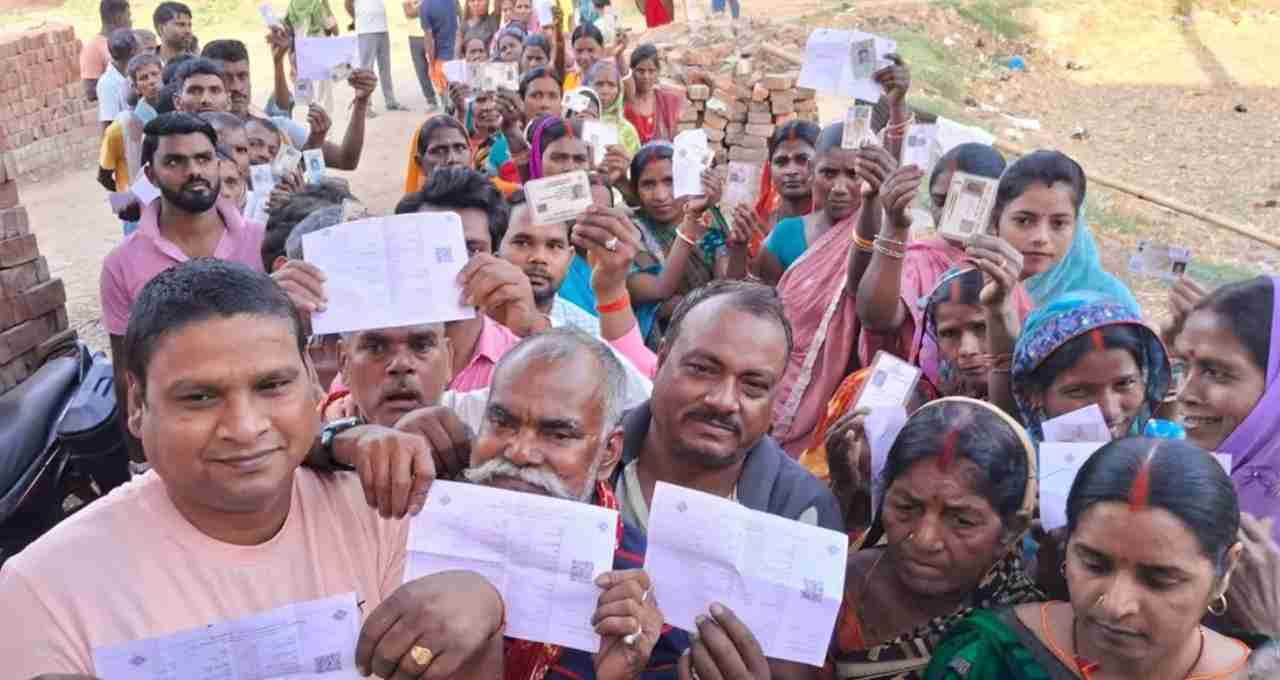
Key Reasons for the Change
According to Prof. Shankar Poorve, Dean of the Development Management Institute (DMI), there are five main reasons behind the increasing participation of women. First, 50 percent reservation in Panchayat elections, which allowed a large number of women to directly participate in the electoral process. Second, an increase in women's education and decision-making capabilities. Third, an improved law and order situation provided women with facilities for safe voting. Fourth, schemes like Jeevika empowered women with self-employment and economic independence. Fifth, economic progress and social awareness helped bring women to the polling booths.
Voting Facilities
The Election Commission has streamlined the transport arrangements for voters. Fares for various vehicles have been set, and fuel will be provided by the Election Department. The fare for a large bus is fixed at Rs 3500, a 40-49 seater bus at Rs 3200, a mini-bus at Rs 2500, a maxi-cab and tempo at Rs 2000, a small car at Rs 1000, an AC car at Rs 1100, an Innova/Safari AC at Rs 2100, an auto/e-rickshaw at Rs 700, and a bike at Rs 350. This facility will enable voters to easily reach the polling centers.
